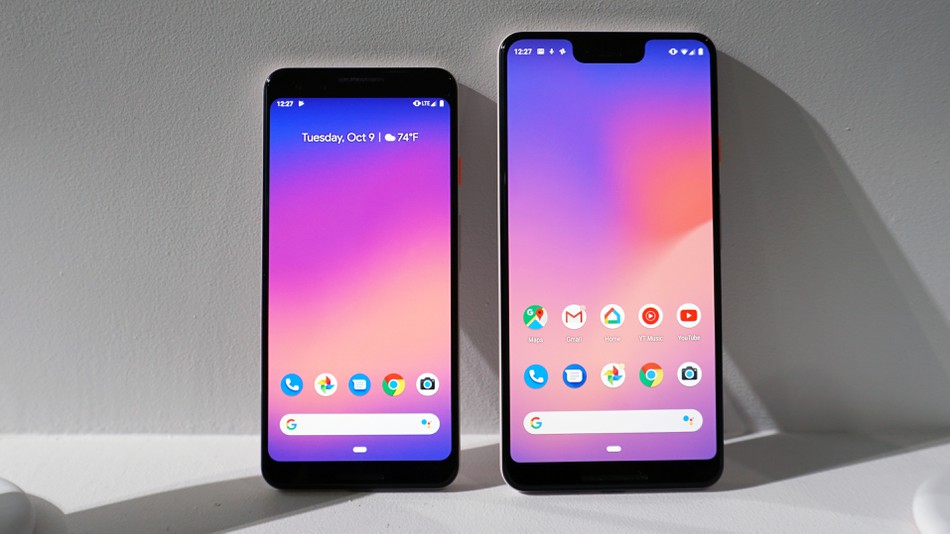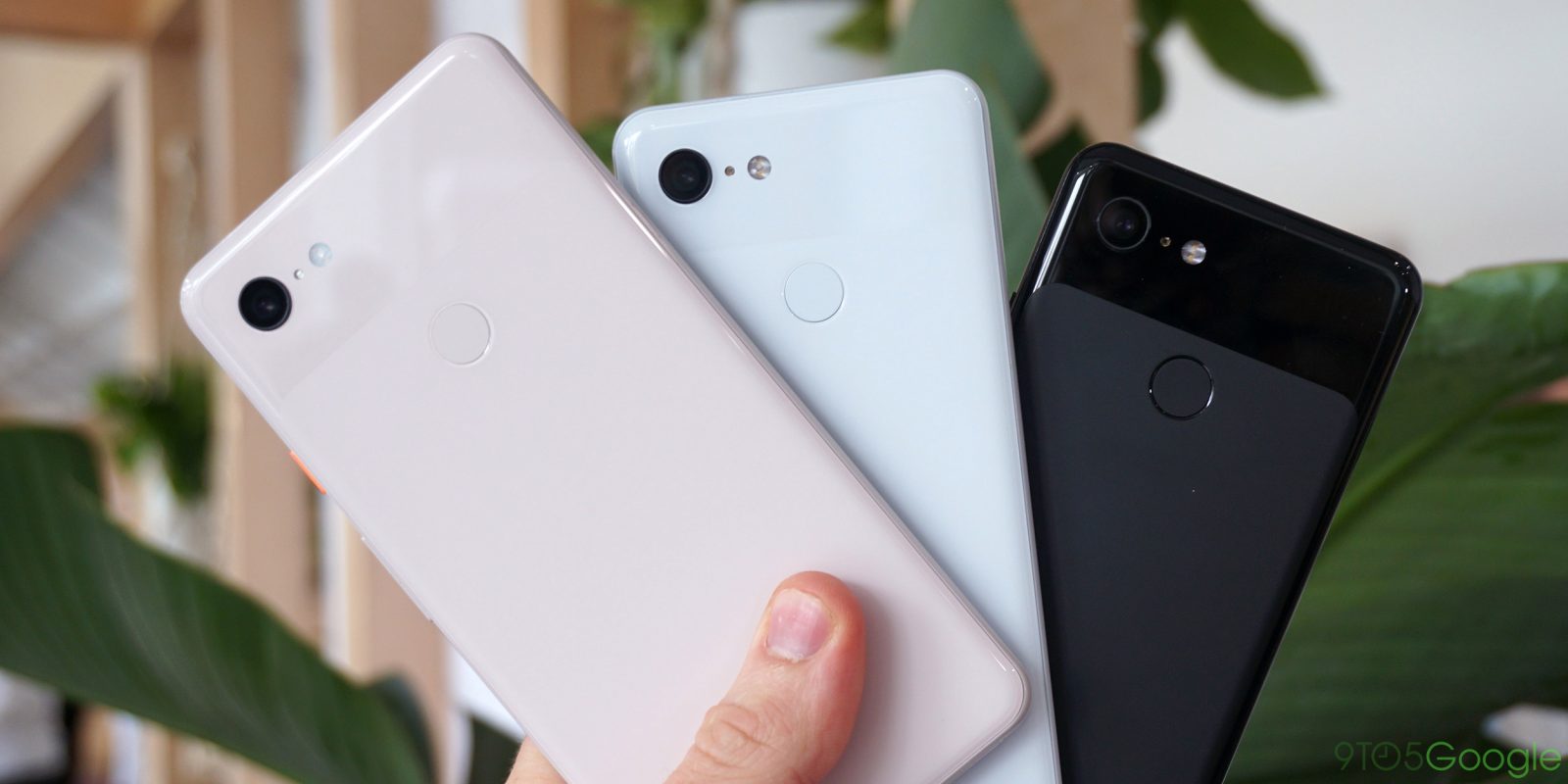Following series of rumors, image and specs leak, case and render images, Google has officially released its 2018 flagship devices, the Pixel 3 and Pixel 3 XL in October as it steps up and continues its Pixel journey. The flagship duo have been anticipated for a long time and they have finally come as upgrades to the 2017 Pixel flagships, the Pixel 2 and Pixel 2 XL.

The Pixel 3 and Pixel 3 XL both come with OLED Always-on display panels in 18.5:9 aspect ratio with Corning Gorilla Glass 5 protection and IP68 water and dust resistant certification. However, both devices have different display sizes, design, and resolutions.
The standard Pixel 3 comes with a 5.5-inch display with a resolution of 1,080 x 2,160 pixels and 443 ppi density. The bigger Pixel 3 XL, on the other hand, has a bigger 6.3-inch display with Better 1,440 x 2,960 pixel resolution and display density (532ppi).
On the inside, both the Pixel 3 and Pixel 3 XL sport an upgraded Qualcomm Snapdragon 845 SoC with a clock speed of 2.5GHz and an Adreno 630 graphics unit. Storage configurations are also identical as the Pixel 3 and 3 XL both come out-of-the-box with 4GB of RAM and 64GB or 128GB internal storage options.
As previously confirmed from a leaked unboxing image and video, Google won’t be jumping on the dual rear camera bandwagon with the Pixel 3 flagship duos. Instead, Google is alternating the trend by introducing double front-facing cameras on both devices.
Both Pixel 3 duo have dual 8MP sensors on the front. The Pixel 3 XL’s are placed in the display notch while the Pixel 3 dual frontal cameras are skewed to the left above the display. The first 8MP camera is a normal lens with f/1.8 aperture while the second camera is a wide-angle sensor with f/2.2 aperture.
On the rear, the Pixel 3 and Pixel 3 XL stays the same as the Pixel 2 flagships (12MP), but with software upgrades. The rear camera is now powered by AI and sports features like HDR+, Topshot, Night Sight, Fused Video Stabilization, Super Res Zoom and more.
Both devices will run Google’s latest Android 9 Pie OS out-of-the-box. Fingerprint sensor remains on the rear, connectivity is through the USB-C port (with new Pixel USB-C earbuds in the box), and micro SD card slot is also absent.

Battery on both devices are better than their predecessors with Google promising up to 7 hours of battery life from just 15 minutes of charge. Both devices are also wireless charging compatible. The Pixel 3 XL has a 3,430mAh battery while the Pixel 3 has a 2,915mAh battery.
Price-wise, the Pixel 3 will sell for $800 while the bigger Pixel 3 XL will sell for $900. Shipping will officially begin on October 19. Both devices will be available in the regular White and Just Black colours in addition to a new ‘Not Pink’ colour.


